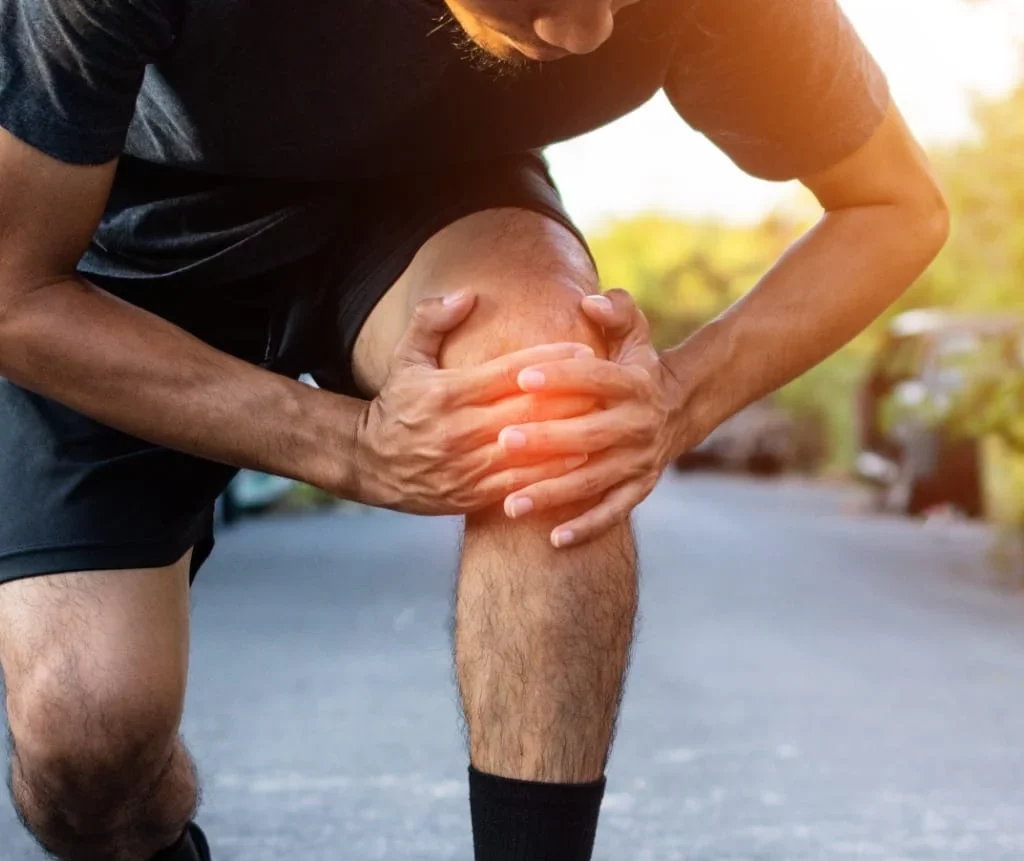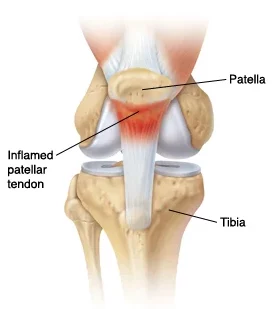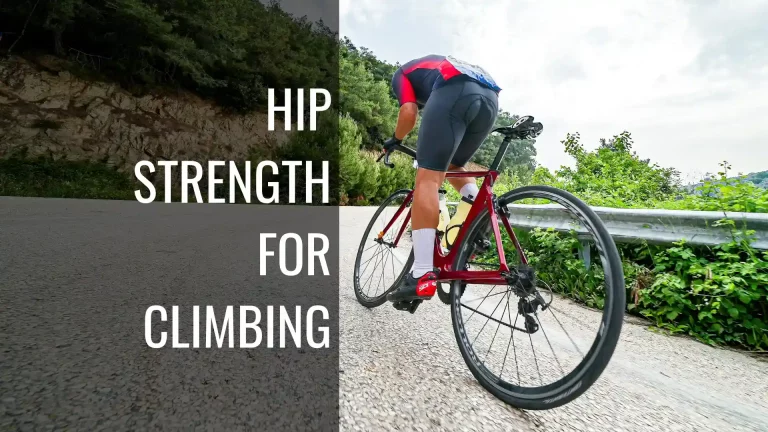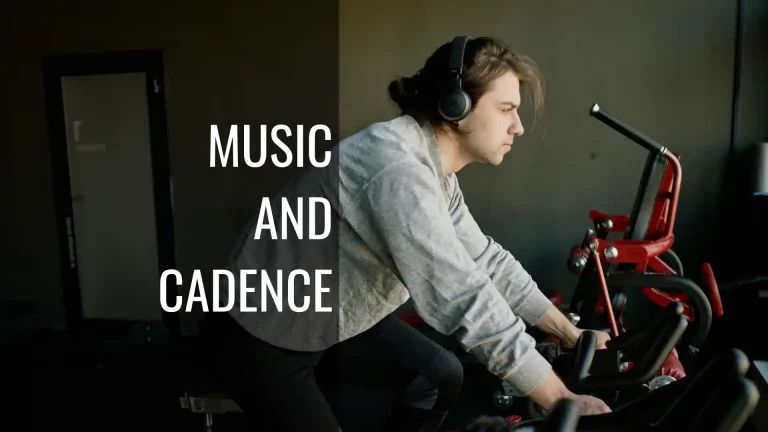
Table of Contents
What is Patellar Tendonitis?
Symptoms of patellar tendonitis typically include pain and tenderness around the base of the kneecap, especially during activities like jumping or squatting. The pain may start as a dull ache and progress to more severe pain if the condition worsens. In some cases, swelling or a feeling of stiffness may also be present.
Treatment for patellar tendonitis usually involves rest, ice therapy, anti-inflammatory medications, and physical therapy exercises to strengthen the muscles around the knee and improve flexibility. In severe cases, a brace or immobilization may be recommended, and in rare instances, surgery may be necessary to repair the tendon.
Early diagnosis and appropriate treatment are crucial for managing patellar tendonitis and preventing it from becoming chronic.

Signs You're Experiencing Patellar Tendonitis
- Pain and tenderness: The most noticeable sign of patellar tendonitis is pain or discomfort at the front of the knee, specifically around the patellar tendon, which connects the kneecap to the shinbone. The pain often intensifies during activities involving knee extension, such as jumping, squatting, or running.
- Stiffness and limited range of motion: Inflammation or degeneration of the patellar tendon can result in stiffness and reduced mobility in the knee joint, making it difficult to fully extend or flex the leg.
- Swelling and inflammation: Although not always present, some individuals may experience mild swelling or inflammation around the knee due to patellar tendonitis.
- Grating or grinding sensation: You may feel a grinding or grating sensation when moving the affected knee, particularly during extension.
- Pain during palpation: Pressing on the patellar tendon can elicit tenderness or pain, indicating potential irritation or damage to the tendon.
- Increased pain during specific activities: As mentioned earlier, activities like jumping, running, or climbing stairs can exacerbate pain in the affected knee due to the increased stress on the patellar tendon.
Strength Training Warm Ups to Protect You Knees
- Leg Swings: Stand next to a wall or sturdy object for balance and swing one leg forward and backward for 10-15 repetitions, then switch to the other leg. This helps activate the muscles around the knee and increase flexibility.
- Walking Lunges: Step forward with one foot and lower your body until both knees are bent at a 90-degree angle. Push off your front foot and bring your back foot forward to return to standing. Repeat for 10-15 steps per leg.
- Knee Circles: Stand with your feet shoulder-width apart, lift one foot off the ground, and slowly make circles with your knee, both clockwise and counterclockwise. Repeat 10-15 times on each leg.
- Calf Raises: Stand on a step with just your toes and lower heels below the step. Raise your body up onto your toes and then lower your heels below the step. Repeat 10-15 times.Bodyweight Squats: Perform a set of bodyweight squats to warm up the muscles around the knees and improve mobility. Keep your feet hip-width apart, lower down as if sitting back into a chair, and then return to the standing position.
- Lunges: Lunges help strengthen the quadriceps, hamstrings, and glutes while also improving balance and stability. Perform forward lunges, reverse lunges, and lateral lunges to target different muscle groups around the knees.
- Monster Walks: Use a resistance band around your ankles and perform sideways steps, keeping tension in the band. This exercise strengthens the muscles on the outside of the hips (abductors), which help stabilize the knees during movements like squats and lunges.
- Clamshells: Lie on your side with your knees bent and hips stacked. Keeping your feet together, open your top knee as far as you can while keeping your pelvis stable. This exercise targets the gluteus medius, which plays a crucial role in knee stability.
- Glute Bridges: Lie on your back with your knees bent and feet flat on the floor. Lift your hips towards the ceiling while squeezing your glutes, then lower back down. This exercise strengthens the glutes, hamstrings, and lower back, which can help stabilize the knees during strength training.
- Step-Ups: Step-ups target the quadriceps, hamstrings, and glutes while also improving balance and coordination. Use a low step or bench and alternate stepping up and down with each leg.
- Leg Swings: Stand next to a wall or sturdy object for support and swing one leg forward and backward in a controlled motion. This exercise helps improve flexibility in the hamstrings and quadriceps and enhances blood flow to the knee joint.
Performing a combination of these warm-up exercises before strength training sessions can help activate and strengthen the ligaments and muscles around the knees, reducing the risk of injury and improving overall performance.
Strong Knees for Ultra-Strong Lifts
Happy Lifting!
Please check out my other posts on how to address IT band knee pains and cyclist’s knee. We also recorded a related podcast on injuries and prevention.



